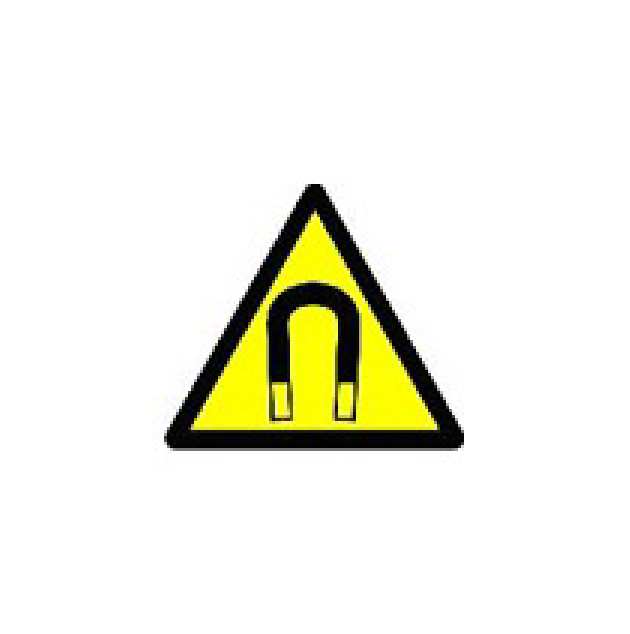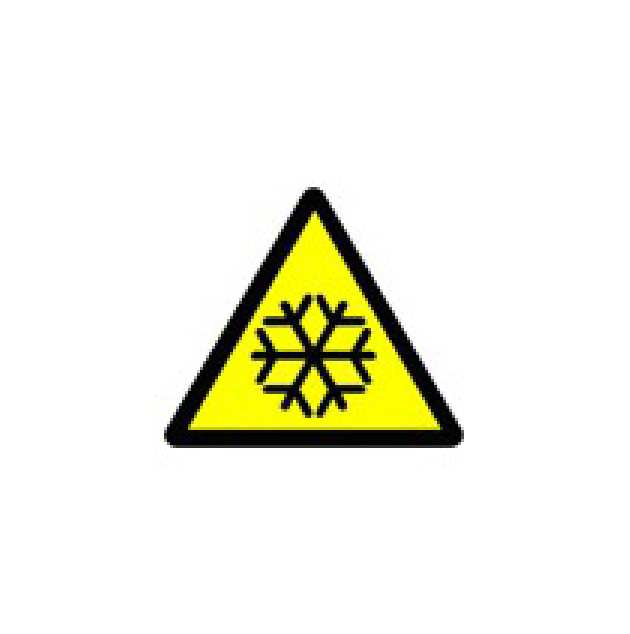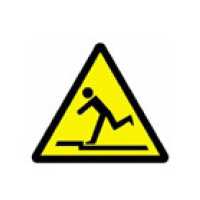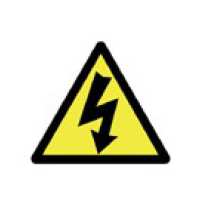This information is intended for people visiting the centre or those running preliminary experiments who will be accompanied at all times. People intending to run their own experiments should view the information for users page.
Introduction
Because the environment and hazards associated with the centre are unfamiliar to most people, access is restricted and visitors must be accompanied at all times. Visitors will either be met by the facility manager, Yingqi Xu, or will be escorted around the centre by an experienced member of staff. Please observe any instruction given by the person showing you around the facility.
The CFNMR centre houses two NMR spectrometers. These are comprised primarily of a superconducting electromagnet, whose coils are housed in a cryostat (cooling vessel containing cryogenic liquids, the white canisters marked "500", foreground and "800", background, in the photo) and a cabinet of electronics. The spectrometers are used for analysing samples of chemical or biological material, which are inserted into the magnet cryostats in a sample tube. The NMR spectrometers are contained within a purpose-built laboratory (magnet chamber 014 - see NMR centre plan ).
Details of specific hazards and how they are minimised for visitors are outlined below. For further information please contact Yingqi Xu.
In case of fire
- The nearest fire exits are through corridor 013D to the Observatory Road exit or through corridor 011 to the Frankland Road exit. If in doubt follow the green exit signs.
- To sound the fire alarm: buttons are located at both the Observatory Road and Frankland Road exit doors.
- Fire extinguishers are located in corridor 013D by the Observatory Road exit.
Other emergencies
- An internal phone is located in the computer suite 013B.
- IN EMERGENCY call college security on 4444.
Hazards
Magnetic fields
 The main hazard in the centre comes from the large magnetic fields present around the NMR spectrometers, which are always "on". These can affect the operation of cardiac pacemakers and also interfere with other medical prostheses and implants, such as blood vessel clips or metal pins. The magnets can also cause injury indirectly as the forces are strong enough to move some metallic objects uncontrollably if brought close to the cryostats, for example chairs, keys or metal tools. In addition the fields can wipe magnetic devices, such as credit cards, USB drives, mobile phone/camera memory, public transport travel cards and damage other devices such as wrist watches.
The main hazard in the centre comes from the large magnetic fields present around the NMR spectrometers, which are always "on". These can affect the operation of cardiac pacemakers and also interfere with other medical prostheses and implants, such as blood vessel clips or metal pins. The magnets can also cause injury indirectly as the forces are strong enough to move some metallic objects uncontrollably if brought close to the cryostats, for example chairs, keys or metal tools. In addition the fields can wipe magnetic devices, such as credit cards, USB drives, mobile phone/camera memory, public transport travel cards and damage other devices such as wrist watches.
Visitors with pacemakers are not allowed within the magnet laboratory 014. Within the laboratory, visitors will be advised on and kept within the safe areas outside of the strong magnetic fields by those escorting them and where necessary excluded from entering these areas by deployment of safety barriers.
Cryogenic liquids and gases
 The magnet cryostats contain the cryogens liquid helium and liquid nitrogen. These can be a hazard either through direct contact (cold burns) or through rapid evaporation, which causes release of gas which is non-toxic but could deplete the oxygen level in the surrounding atmosphere.
The magnet cryostats contain the cryogens liquid helium and liquid nitrogen. These can be a hazard either through direct contact (cold burns) or through rapid evaporation, which causes release of gas which is non-toxic but could deplete the oxygen level in the surrounding atmosphere.
The cryogens are contained within the cryostats and so no risk of direct exposure is present during normal operation (visitors are excluded from the room whilst the magnets are filled with cryogens). The magnet room contains powerful air handling designed to prevent build up of asphyxiant gases and is also monitored by oxygen sensors which trigger an alarm and boost airflow through the room. In the unlikely event of an oxygen alarm visitors will be asked to leave the room.
Chemical and biological hazards

The samples being analysed within the NMR laboratory may potentially present a chemical or biological hazard.
For this reason visitors will be kept segregated from areas containing any samples, using safety barriers where necessary.
Trip hazards around unfamiliar apparatus
 Around the NMR spectrometers there is a substantial amount of peripheral pipework and cabling which can present a trip hazard.
Around the NMR spectrometers there is a substantial amount of peripheral pipework and cabling which can present a trip hazard.
As the facility is purpose built, where possible these are contained within under-floor ducts or wall conduit. There are exposed pipework and cables close to the magnet cryostats, however, but these are within areas of high magnetic field strengths and so are out of bounds to visitors.
Electrical equipment
 In addition to standard computer hardware the magnet room contains electrical equipment operating at high currents and voltages.
In addition to standard computer hardware the magnet room contains electrical equipment operating at high currents and voltages.
These are contained within cabinets and are connected to the cryostat via under-floor ducts so with sensible conduct risk of electric shock is no higher than in an office or home environment.